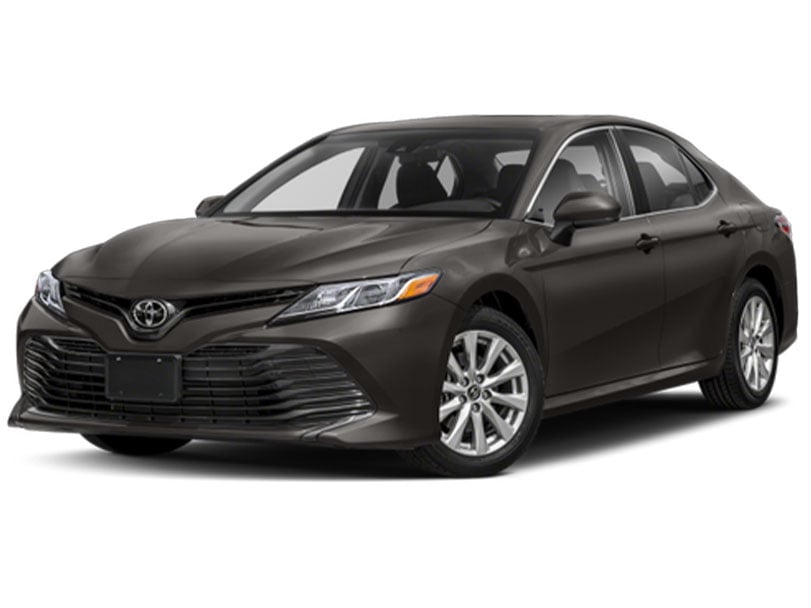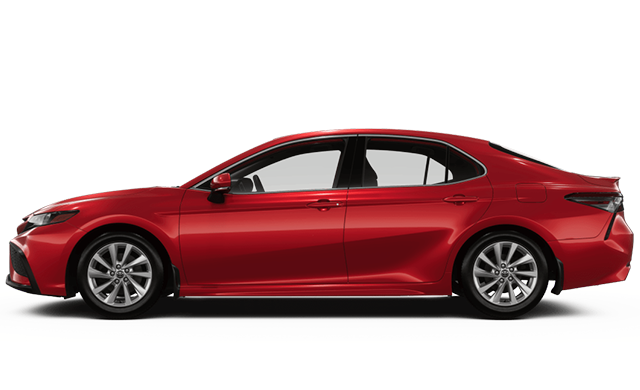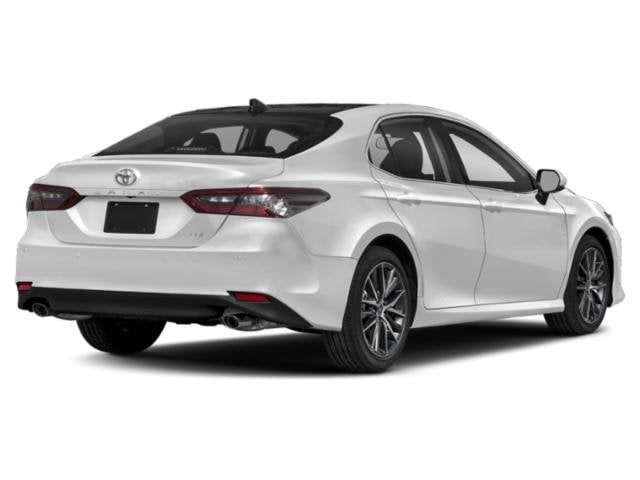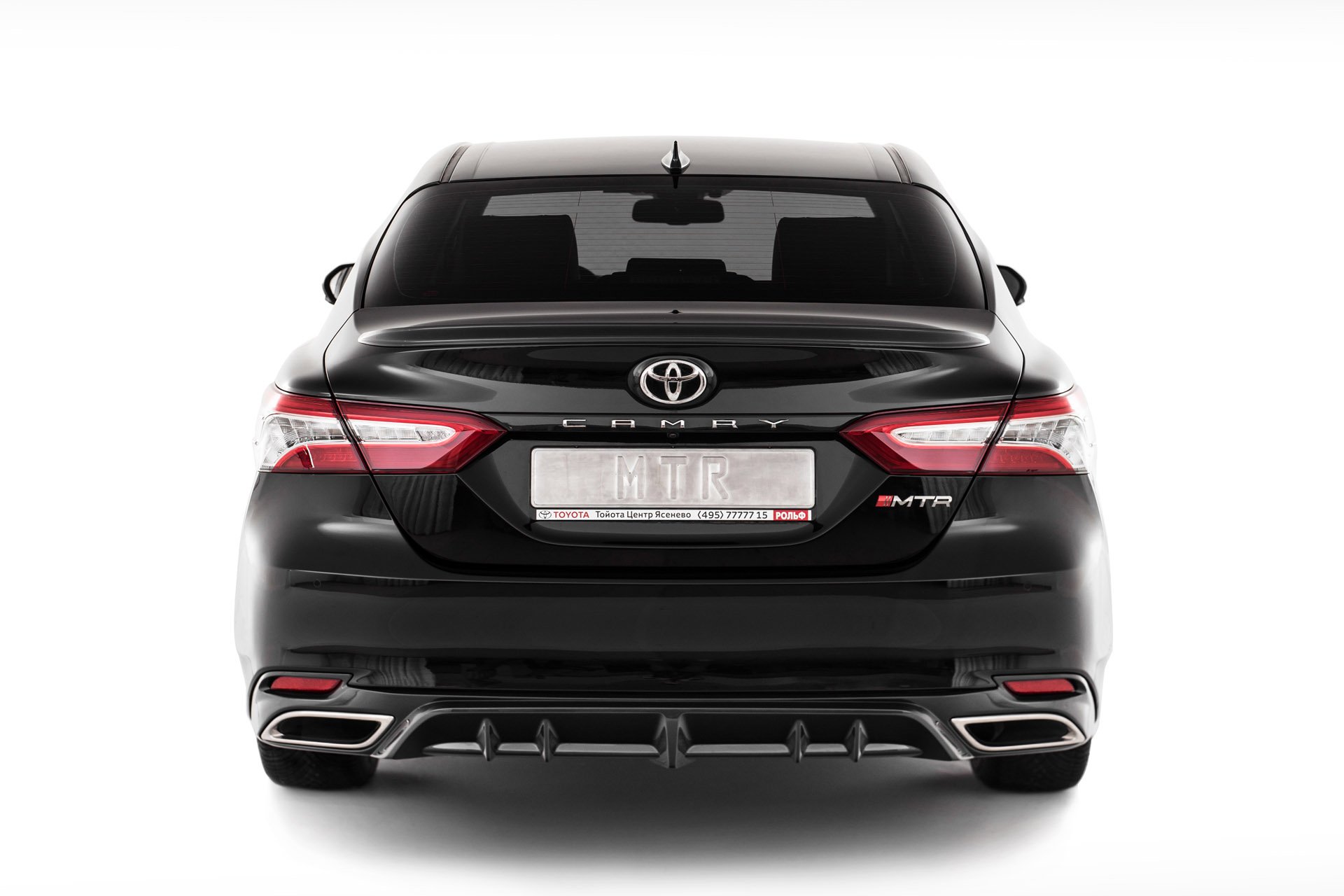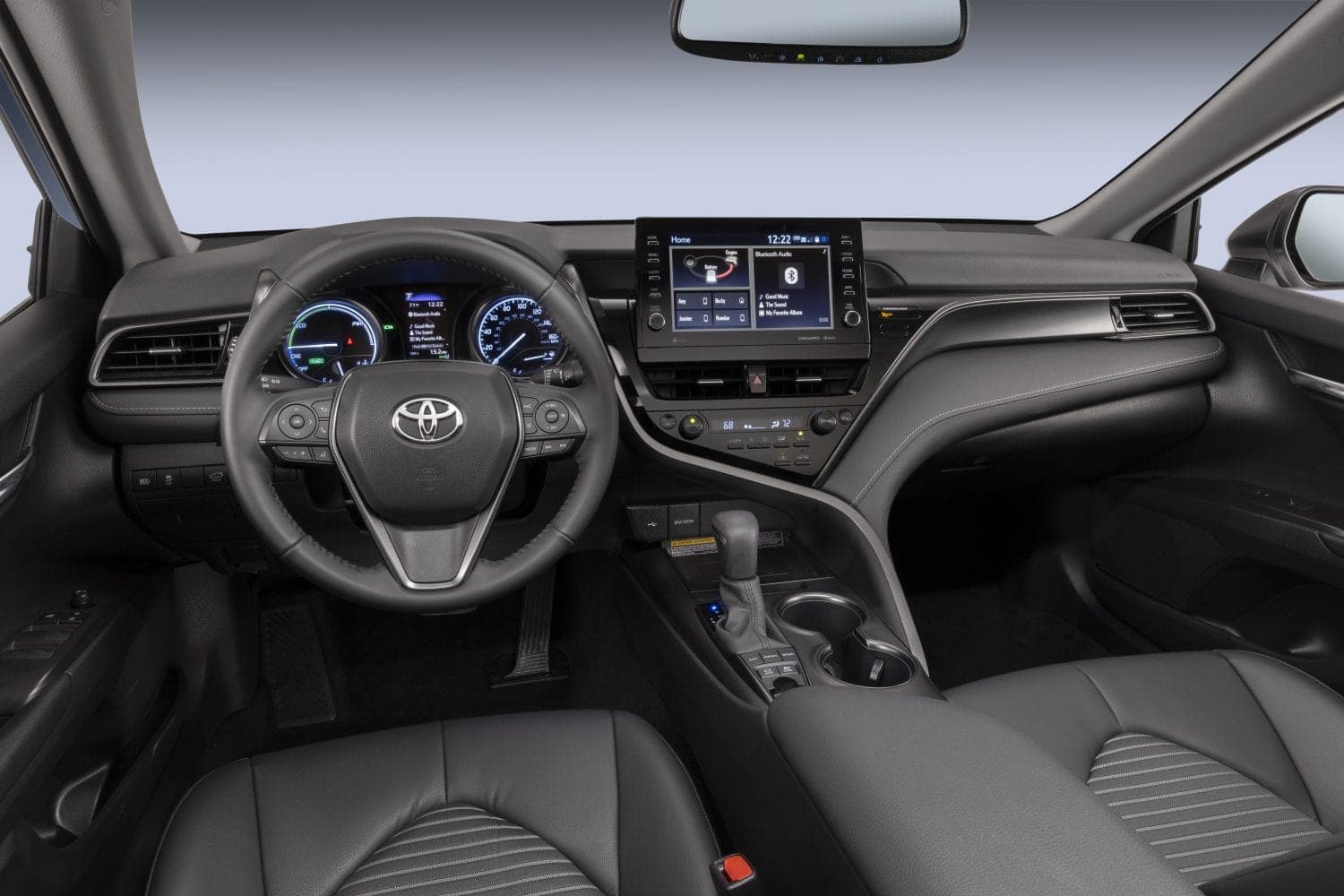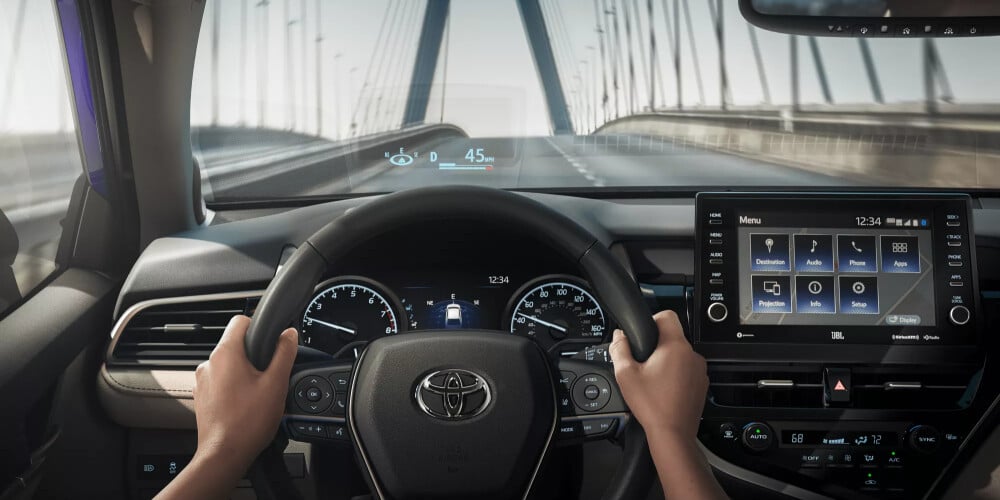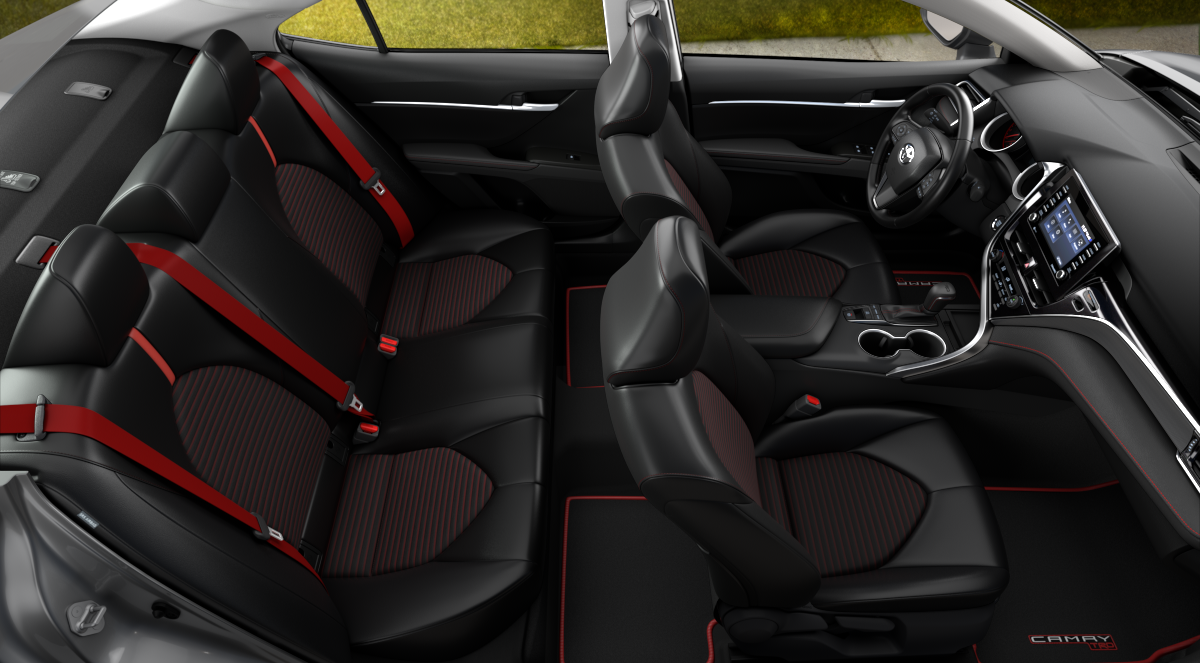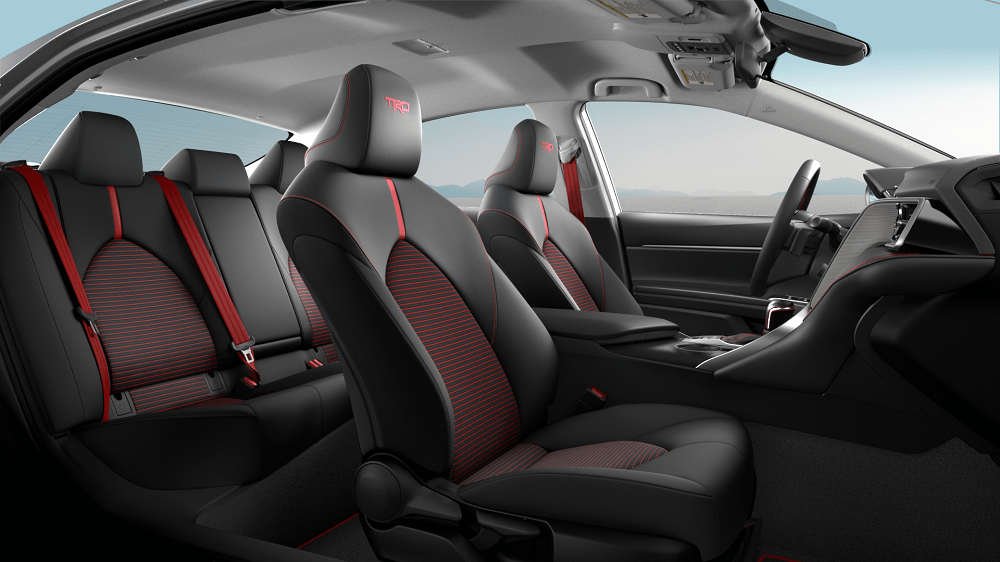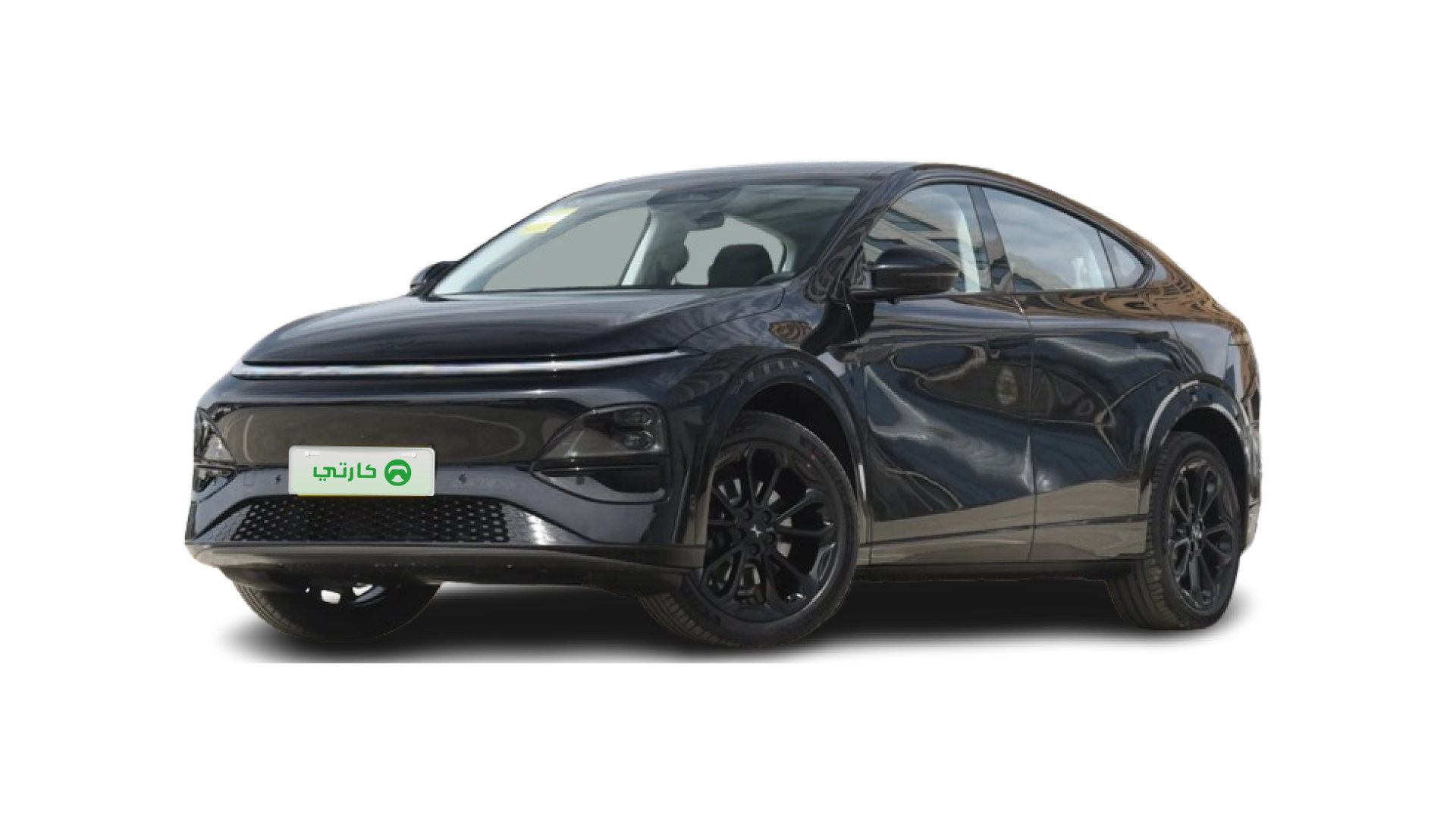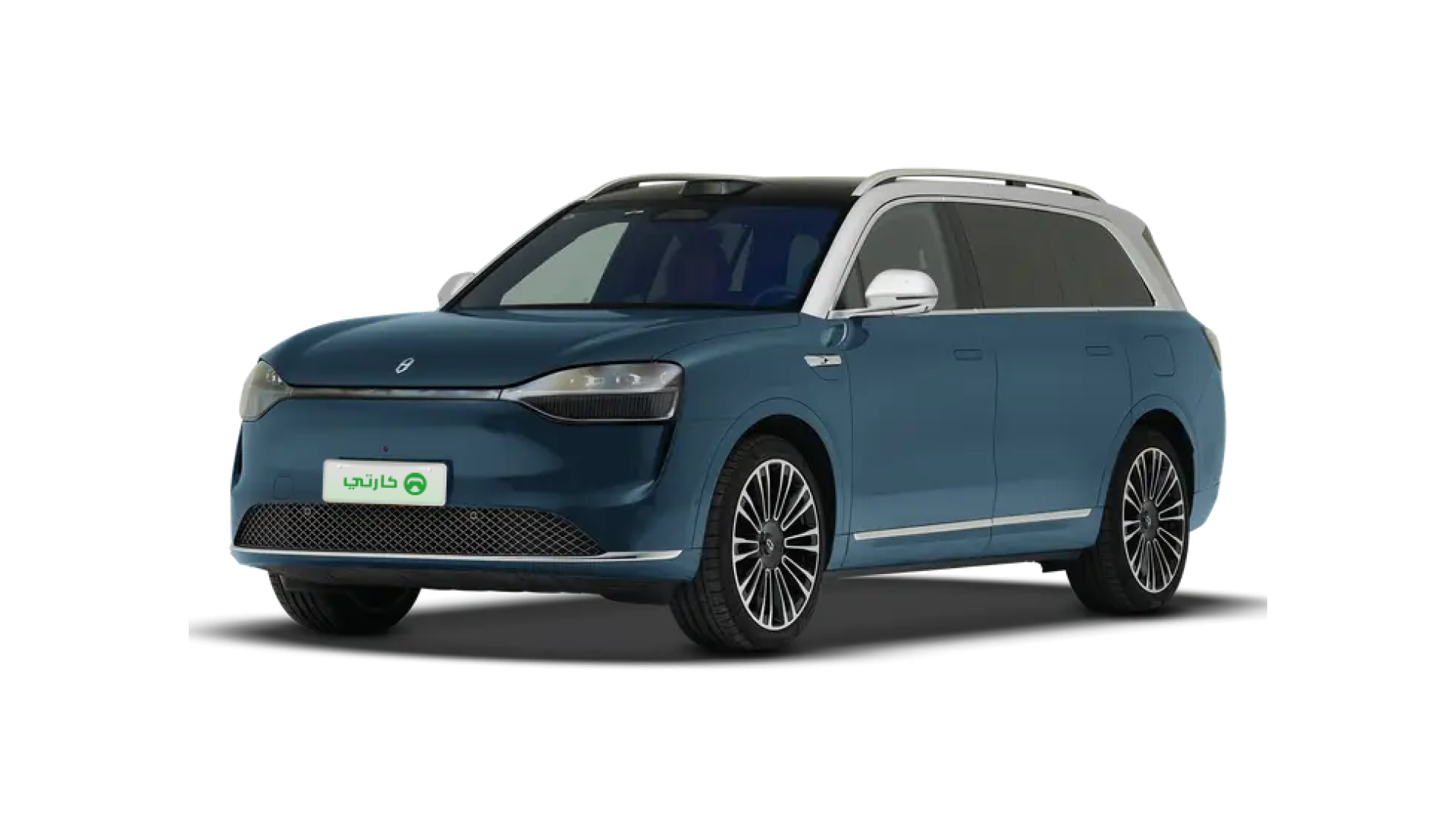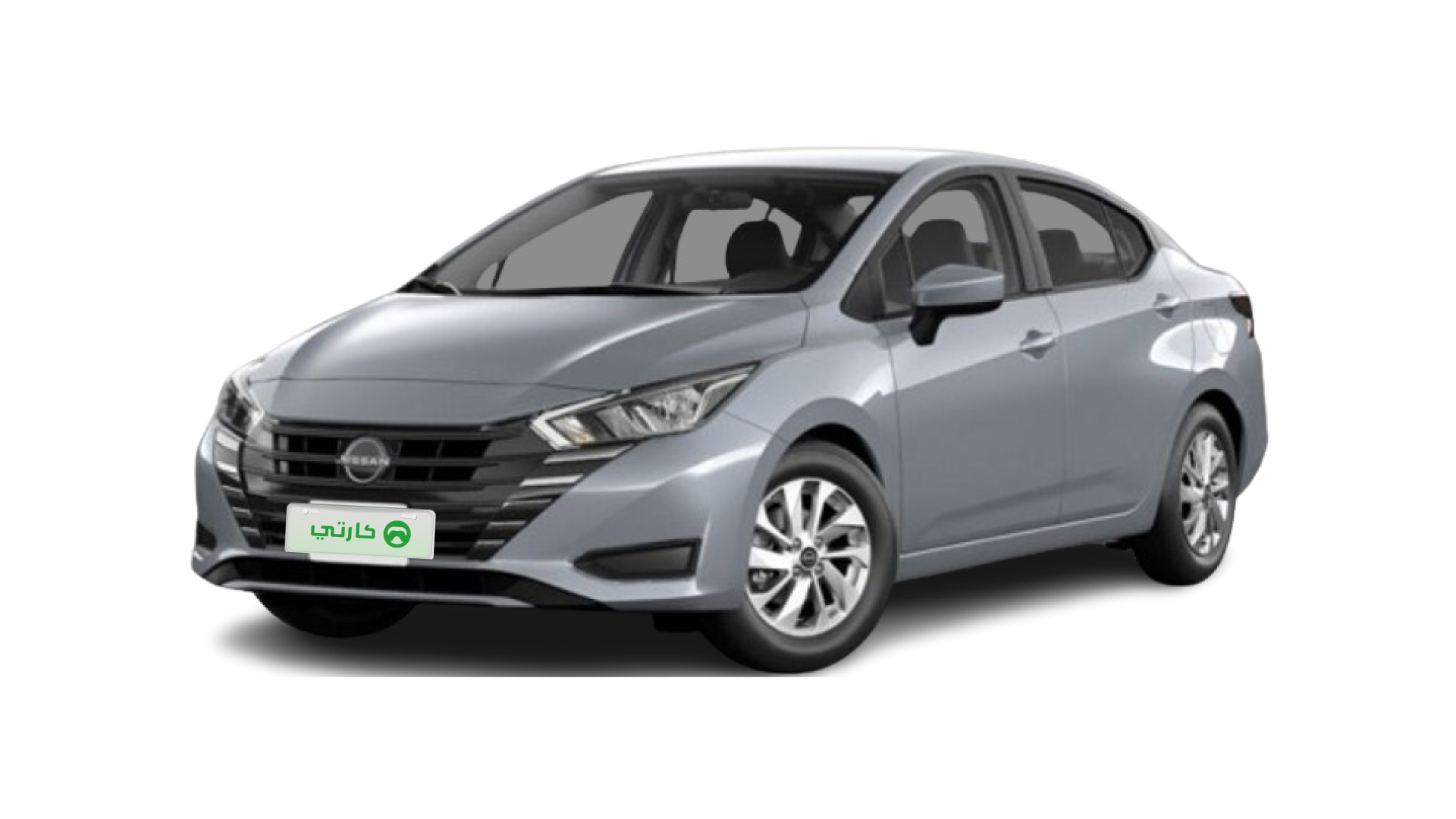Starting your journey towards enhanced toyota camry mileage is easier than you think. Imagine slicing through city traffic and highway cruising with a balanced mix of smart driving and diligent maintenance. This guide is designed for GCC drivers who want to boost efficiency while keeping fuel costs low in AED/SAR terms.
How to Improve Your Toyota Camry's Fuel Economy
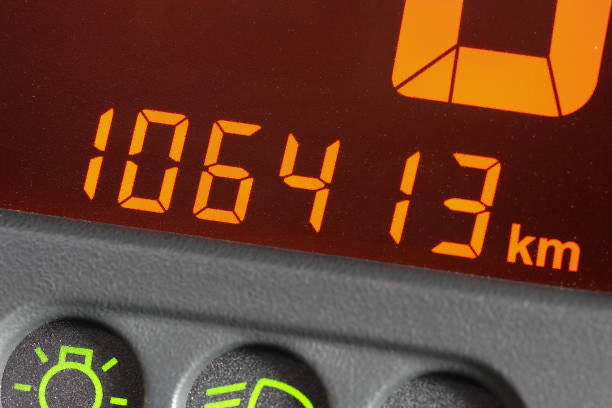
Your 2025 Toyota Camry is built to excel in fuel efficiency. By adopting a few simple yet effective driving habits and regular maintenance routines, you can maximize its potential. Follow these steps to make the most of its EPA and GCC certified MPG ratings:
3 Driving Habits That Boost Mileage
Consistent Speeds: Use cruise control on highways so you can maintain a steady pace and avoid abrupt acceleration. This technique helps keep your MPG ratings high.
Gradual Acceleration: Ease into starts and avoid rapid spurts. Smooth acceleration not only reduces stress on your engine but positively impacts your overall fuel efficiency.
Smart Idling: Limit idling to no more than 30 seconds in heavy traffic. This simple tip ensures that you protect your engine and maximize every drop of fuel.
Maintenance Checklist for Peak Performance
To maintain optimal toyota camry mileage, stick to a regular care schedule:
Engine Oil Replacement: Change the engine oil every 10,000 miles using a recommended 0W-16 synthetic blend to keep the engine running smoothly.
Tire Rotation: Rotate your tires every 5,000 miles, and always check that tire pressure is maintained at about 35 PSI. Proper inflation is crucial for both safety and fuel economy.
Air Filter Change: Replace air filters every 30,000 miles to ensure the engine breathes clean, which can improve overall performance.
Why the 2025 Camry Leads in Fuel Efficiency
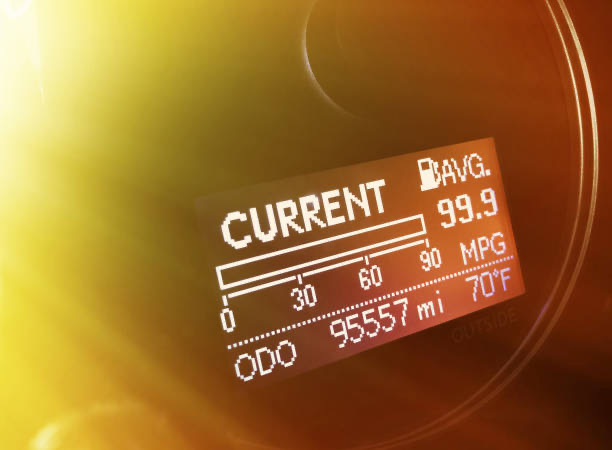
The latest model comes with a host of upgrades that make every mile count:
Advanced Hybrid Technology
The 2025 Camry Hybrid integrates a new THS II system featuring a 2.5L Dynamic Force Engine, known for its impressive 41% thermal efficiency. Its lithium-ion battery offers faster energy recovery, and the Predictive Eco Drive mode – which uses smart GPS data – optimizes power delivery for superior performance.
Aerodynamic Design Enhancements
Toyota has carefully refined the Camry's aerodynamics to reduce drag and improve fuel efficiency:
A reduced drag coefficient of 0.27, verified by wind tunnel testing
Active grille shutters that automatically close when the car exceeds 35 mph
Underbody paneling that minimizes air turbulence, ensuring every mile is efficiently driven
Mileage Comparison:2025 Camry Models
A clear comparison of the different trims helps you choose the model best suited to your needs:
Trim | City MPG | Highway MPG | Combined MPG |
|---|---|---|---|
Hybrid LE | 52 | 53 | 52 |
Gasoline XSE | 28 | 39 | 32 |
Hybrid XLE | 50 | 51 | 50 |
4 Common Mileage Mistakes to Avoid
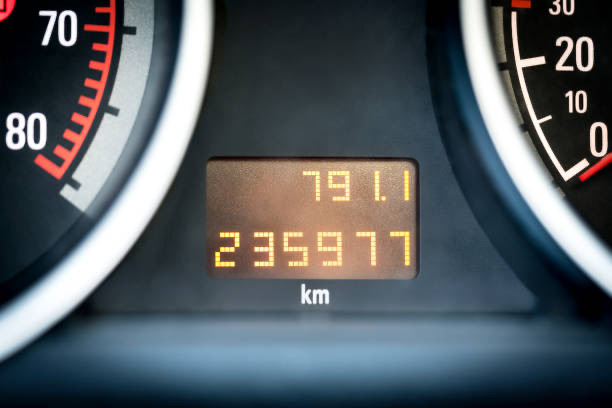
Avoid these pitfalls to maintain the high efficiency of your Camry:
Using High-Octane Fuel Unnecessarily: Stick with regular 87 octane fuel to keep costs down; premium fuel rarely offers extra mileage benefits.
Neglecting Spark Plug Replacement: Ensure spark plugs are replaced at approximately 120,000 miles to preserve engine efficiency.
Overloading with Roof Racks: Extra weight and poor aerodynamics can reduce MPG by 8-12%; pack wisely!
Ignoring Wheel Alignment: Misaligned wheels not only affect safety but can also decrease your fuel economy by up to 4%.
Real-World Efficiency in Urban Conditions
In practical scenarios, drivers across the GCC report promising figures. For instance, in urban centers like Dubai, morning commutes average around 49.3 MPG on cool days (approximately 25°C), while afternoon trips in hotter conditions (around 42°C) average around 46.8 MPG when using the air conditioning. These results highlight that diligent maintenance and mindful driving can keep the hybrid battery performance near optimal levels, even after 50,000 miles.
FAQ

Q1:What key factors determine my Toyota Camry's mileage?
Your Camry's fuel efficiency is influenced by various factors including driving habits, regular maintenance, engine performance, and even tire pressure. Maintaining slow acceleration and steady speeds directly impacts your MPG ratings. Also, simple steps like rotating tires at 5,000-mile intervals and using the correct engine oil can make noticeable differences. Keeping an eye on these aspects helps optimize toyota camry mileage over time.
Q2:How often should I service my Camry to maintain high fuel efficiency?
Regular service is essential for maximizing your Camry's mileage. Checking oil levels, rotating tires, and replacing air filters at recommended intervals are key practices. Following the manufacturer's maintenance schedule helps ensure your vehicle operates at peak performance. Additionally, paying attention to spark plug replacement and wheel alignment can prevent drops in fuel efficiency.
Q3:Is the hybrid model truly more economical than the regular gasoline version?
Yes, the hybrid model is designed to offer significantly better fuel economy. With ratings of approximately 52 MPG in city driving and 53 MPG on highways, the hybrid version stands out. In contrast, the gasoline model records lower figures, averaging around 28 MPG in the city and 39 MPG on highways. For drivers in the GCC looking to save on fuel costs in AED/SAR, the hybrid option is a clear winner.
Q4:Can weather and regional conditions in the GCC affect my Camry's fuel economy?
Absolutely, local weather conditions such as high temperatures and humidity can impact engine performance and overall fuel mileage. For instance, using the air conditioning in hotter climates might reduce your MPG marginally. However, regular maintenance and careful driving can mitigate these effects. Many GCC drivers adjust their driving habits to cope with these variations, ensuring their toyota camry mileage remains efficient.
This article is for reference only, please refer to the latest local laws and regulations.
Read More:
Why Petrol Smell Inside Car? 2025’s Essential Safety Guide
How to Check Car Chassis Number in 2025:A Step-by-Step Guide
8 pics

Mustafa Karim, having been deeply involved in automotive research and development for over ten years. He is fond of Japanese cars, and their precise and energy-efficient features have influenced him. In his spare time, he loves Japanese anime and kendo, drawing inspiration from them for control system research and development. He also often shares cutting-edge automotive knowledge on platforms, contributing to industry innovation and adding strength to automotive development with his expertise.
